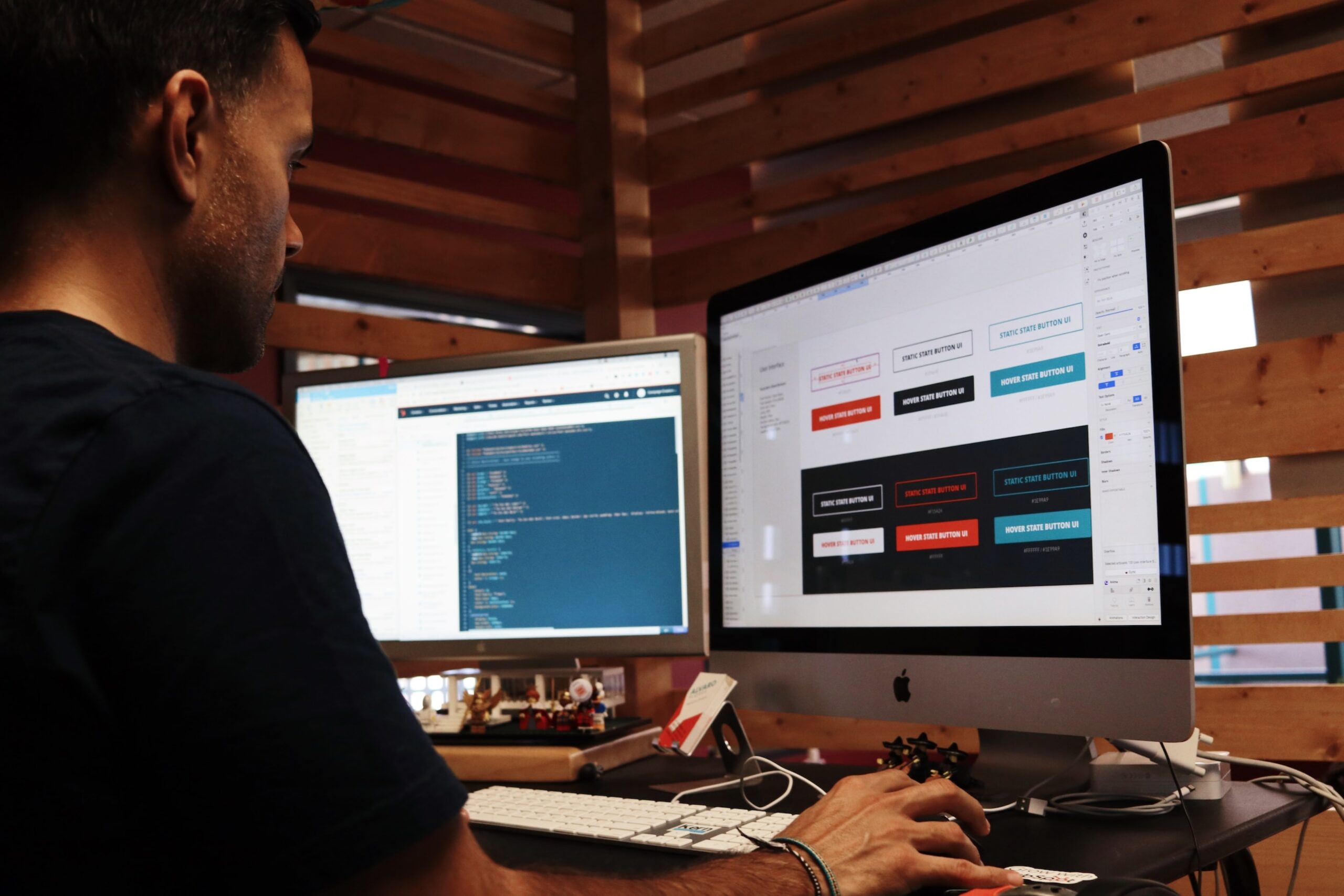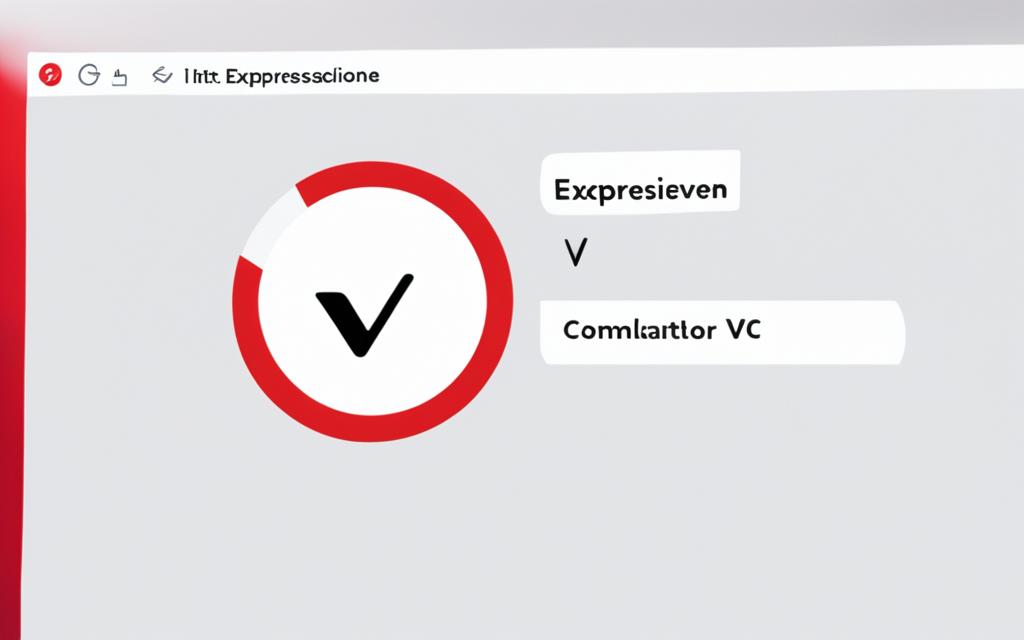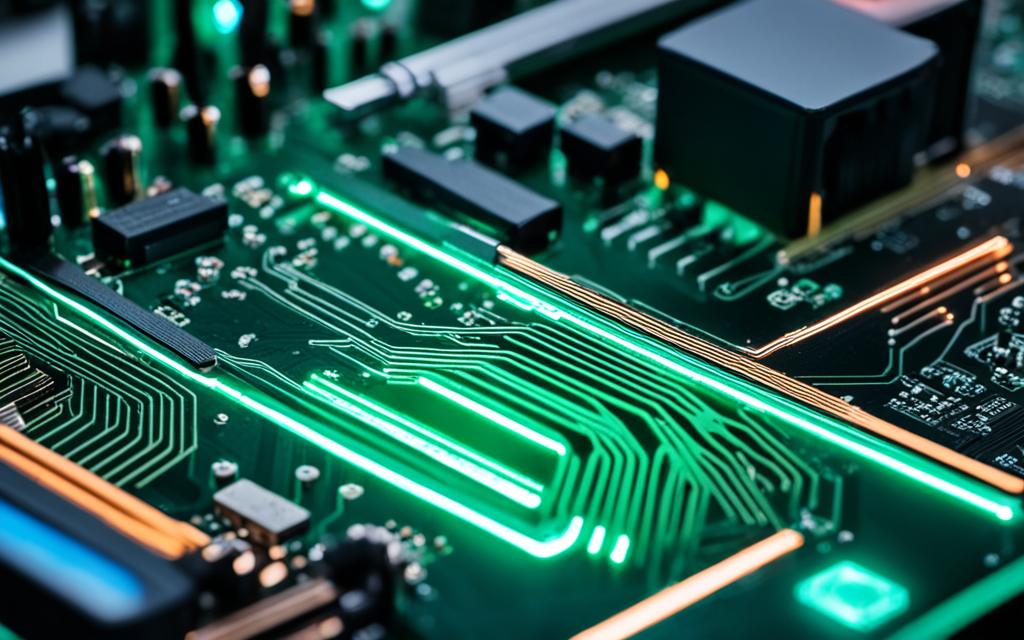How Long Does a Motherboard Last? Lifespan Guide
In the fast-changing world of computer hardware, knowing a motherboard’s lifespan is key. This part is vital for any computer, whether a desktop or laptop. In this guide, we look into how long a motherboard typically lasts. We’ll also cover what factors can affect its endurance. Knowing this helps when building or upgrading your computer.
A motherboard, just like other computer parts, won’t last forever. Its lifespan depends on several things. These include the quality of its parts, where it’s used, and how well it’s taken care of. Let’s unpack these factors. This way, you’ll have a clearer picture of what to expect from your motherboard.
Understanding Motherboard Lifespan
The motherboard is like the heart of your computer. It’s key for your PC to run well and last long. To keep your computer working as it should, it’s important to know what can make your motherboard last longer.
Factors Affecting Motherboard Longevity
Several things can change how long your motherboard works. These include how you use your PC, your computer’s surroundings, and how you take care of it. Some key points are:
- Usage patterns and workload
- Environmental conditions, such as temperature and humidity
- Proper cooling and ventilation
- Exposure to dust, debris, and contaminants
- Manufacturing quality and component durability
Average Service Life Expectations
Usually, a good, well-kept motherboard can last 3 to 7 years at home or at work. Yet, if your computer faces a lot of stress, very hot or cold temps, or doesn’t get enough cooling, its life may be shorter.
Always check how your motherboard is doing. This way, you can catch any problems early. Knowing what affects how long your motherboard works helps you keep your computer running well for longer.
Signs of a Failing Motherboard
Knowing the early signs of a failing motherboard is key. It helps avoid sudden crashes and data loss. We will look at signs that might show your motherboard is almost done, enabling you to act early.
System instability is a major hint of a failing motherboard. If your computer crashes or freezes often, or restarts unexpectedly, there might be a motherboard issue. It’s usually because of bad capacitors, old parts, or a generally worn-out motherboard.
Seeing parts like the graphics card or RAM fail points to a problem. If they stop working right, the motherboard might be struggling to connect with them. Such issues mean your computer might not be able to handle these parts anymore.
- Frequent system crashes or freezes
- Unexplained hardware failures (e.g., graphics card, RAM, storage drives)
- Unusual error messages or BIOS-related issues
- Overheating or thermal-related problems
- Inability to boot the system or boot loops
Strange error messages or BIOS problems can signal a motherboard issue too. If you see odd error codes, strange BIOS operations, or can’t update BIOS, it might mean the motherboard is wearing out.
Overheating even with good cooling can mean the motherboard’s power system is failing. This issue is a sign that the motherboard itself might be failing.
If your computer won’t boot or gets stuck in a reboot cycle, the motherboard could be at fault. These events strongly suggest a problem with the motherboard.
Knowing these signs can help you keep an eye on your system’s health. Taking steps early, like checking and replacing the motherboard, can prevent bigger issues. Proper care and quick action can make your motherboard last longer and keep your computer running smoothly.
Extending Your Motherboard’s Life
Keeping your motherboard in good shape is key for your computer’s performance and trustworthiness. There are several easy ways to make your motherboard last longer. We will look at the importance of keeping it cool, minimizing dust, and how to avoid damaging particles.
Proper Cooling and Ventilation
Good cooling and airflow are crucial for your motherboard’s health. When motherboards get too hot, their parts can wear out faster, leading to potential breakdowns.
To keep things cool, here’s what you should do:
- Use quality case fans to keep the air moving and prevent hot spots.
- Keep your case and fans clean to not block the air with dust.
- Think about adding a special cooler for your CPU or a liquid cooler to handle extra heat.
- Use software to check your motherboard’s temperature and manage if it gets too high.
Avoiding Dust and Contaminants
Protecting your motherboard from dust and dirt is just as important. These elements can cause short circuits, corrosion, and damage to vital components if left unchecked.
Here are ways to avoid dust and dirt:
- Clean your computer regularly with a can of air or a soft cloth.
- Try not to have your computer in dusty or highly-trafficked areas.
- Add filters to your case’s air vents to catch incoming dust.
- Keep your computer’s area clean and make sure it has plenty of fresh air.
By staying on top of these cooling and cleaning practices, you can help your motherboard last longer. This means a computer that works well for a longer time.
When to Consider a Motherboard Replacement
Technology moves fast. Your motherboard may not keep up with the newest hardware and software features. It’s key to know when it’s time to think about a new motherboard. This ensures good computer performance and keeps your system compatible with your needs.
Hardware Compatibility Issues
Upgrading your motherboard is important when dealing with hardware issues. If your current one can’t handle new processors or memory, it causes problems. These issues bring incompatibilities, stability troubles, and slower speeds. If you’re facing these issues, it’s probably time for a new motherboard.
Performance Limitations
Your motherboard might not handle the latest software and apps as well as before. This leads to slower performance and bottlenecks. If you see your computer struggling with normal tasks or apps not running smoothly, your motherboard could be the reason.
| Indicator | Potential Motherboard Replacement Trigger |
|---|---|
| Inability to support new hardware | When you want to upgrade to a newer processor, memory, or other components that your current motherboard does not support |
| Reduced system performance | When your computer experiences significant slowdowns, crashes, or other performance issues that cannot be resolved through software or driver updates |
| Compatibility with new software | When you need to use new software or applications that require features or capabilities not supported by your current motherboard |
Knowing the signs of having a motherboard problem helps you decide when to replace it. This keeps your computer capable and meets your changing needs.
How Long Does a Motherboard Last?
The lifespan of a motherboard is tricky to pin down. It can vary a lot. We’ll explore how long motherboards usually last and what affects their lifespan.
Motherboards typically survive for 3 to 7 years. High-quality ones might even last longer, especially with good care. But don’t count on just these numbers since a lot can change how long your motherboard functions.
Here are some key factors influencing a motherboard’s life:
- Usage patterns
- Environmental conditions
- Component compatibility
- Maintenance and care
Remember, these are general tips. The health of your motherboard is also tied to brand quality, power supply conditions, and how well you care for your computer.
Knowing a motherboard’s typical lifespan and what can make it last longer helps you decide when to upgrade or replace it.
Computer Hardware Longevity
The lifespan of a computer system involves more than just the motherboard. To grasp how long your PC will last, we must consider the lifespan of its parts. This includes processors, memory, storage drives, and graphics cards. Every part is essential for the PC’s performance and dependability.
PC Component Durability
Let’s check out how long some important computer hardware parts usually last:
- Processors (CPUs): Today’s CPUs can work well for 5-7 years if used normally. Keeping them cool and well-maintained may make them last longer.
- Memory (RAM): RAM has a long life, around 8-10 years if cared for. Yet, damages or sudden power spikes can cut this short.
- Storage Drives:
- Solid-State Drives (SSDs): Expect a life of 5-10 years. Top-tier SSDs might even last longer.
- Hard Disk Drives (HDDs): HDDs typically last 3-5 years. However, usage style and where you keep them can change this.
- Graphics Cards: On average, graphics cards can run for 4-6 years. High-quality ones might go longer with good care.
- Power Supplies: A power supply can function well for 5-7 years. But avoid overloading or extreme conditions, which can decrease its life.
Remember, these are just rough estimates. Actual computer hardware longevity varies due to how you use, the environment, and care.
Knowing how long PC components last helps you plan for the future. It lets you be ready for upgrades or new parts. This keeps your computer working well over time.
Motherboard Replacement Timeline
Knowing when to replace your motherboard is key to keep your computer running well. We’ll go through a typical timeline for motherboard replacements. This will help you plan for upgrades and make sure your PC does what you need it to do.
The time a motherboard lasts can change. It depends on how you use your PC, where you use it, and the quality of its parts. Usually, motherboards work well for 3 to 5 years. Some might last even longer, especially if they’re high quality.
But, there are signs that show your motherboard might need changing:
- Frequent system crashes or freezes
- Compatibility issues with new hardware or software
- Noticeable performance loss over time
- Getting too hot or having issues because of heat
- Hardware, like your RAM or storage, not working right
If you notice these problems, check your motherboard. Think about replacing it if needed. By being proactive, you can avoid bigger issues and keep your PC working without long breaks.
| Motherboard Lifespan | Replacement Considerations |
|---|---|
| 3-5 years |
|
Stick to this plan for replacing motherboards and check your computer’s health regularly. This helps guarantee your PC works well for many years to come.
Upgrading Your Motherboard
If you think it’s time for a new motherboard, stepping back and planning is key. This section will walk you through getting ready for your upgrade step by step. This will help make sure everything goes smoothly when you switch to the new board.
Preparing for an Upgrade
Getting a new motherboard can seem tricky, but with the right prep, it doesn’t have to be. You should think about the following before your upgrade:
- Check if your current parts work with the new motherboard first. This means your CPU, RAM, and storage should all fit with it.
- Always back up your important files, like documents and photos, to keep them safe. Use an external hard drive or a cloud service for this.
- Have the tools you’ll need ready. A screwdriver, an anti-static wrist strap, and cable ties are good to have on hand for safety and convenience.
- Know that upgrading will mean some downtime for your computer. So, plan how to manage this without losing work time.
- Make sure your new motherboard and power supply unit (PSU) match up. Your PSU should be able to power the upgrades without issues.
Follow these steps, and your motherboard upgrade should go well. You’ll smoothly move to new hardware without much hassle.

Factors Affecting Motherboard Lifespan
A motherboard’s life span is influenced by many factors. It’s important to know these to make our PC last longer. We look at everything from how we use it to the environment it’s in.
The parts the motherboard is made of are key. Better parts last longer. For example, high-end motherboards stand up to daily use much better. Also, keeping the motherboard cool is important. It helps avoid problems from heat.
How we treat our computer also matters. Turning off the power a lot, sudden shutoffs, and letting dust in can harm the motherboard. If we clean it often and shut it down properly, the motherboard can last longer. This keeps our whole computer working well for a long time.




